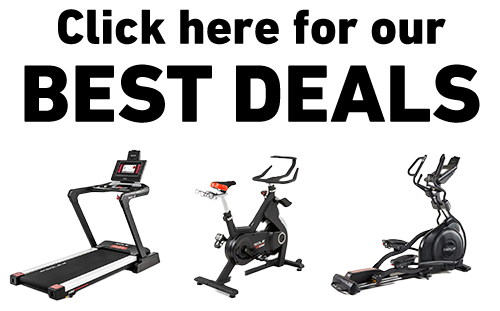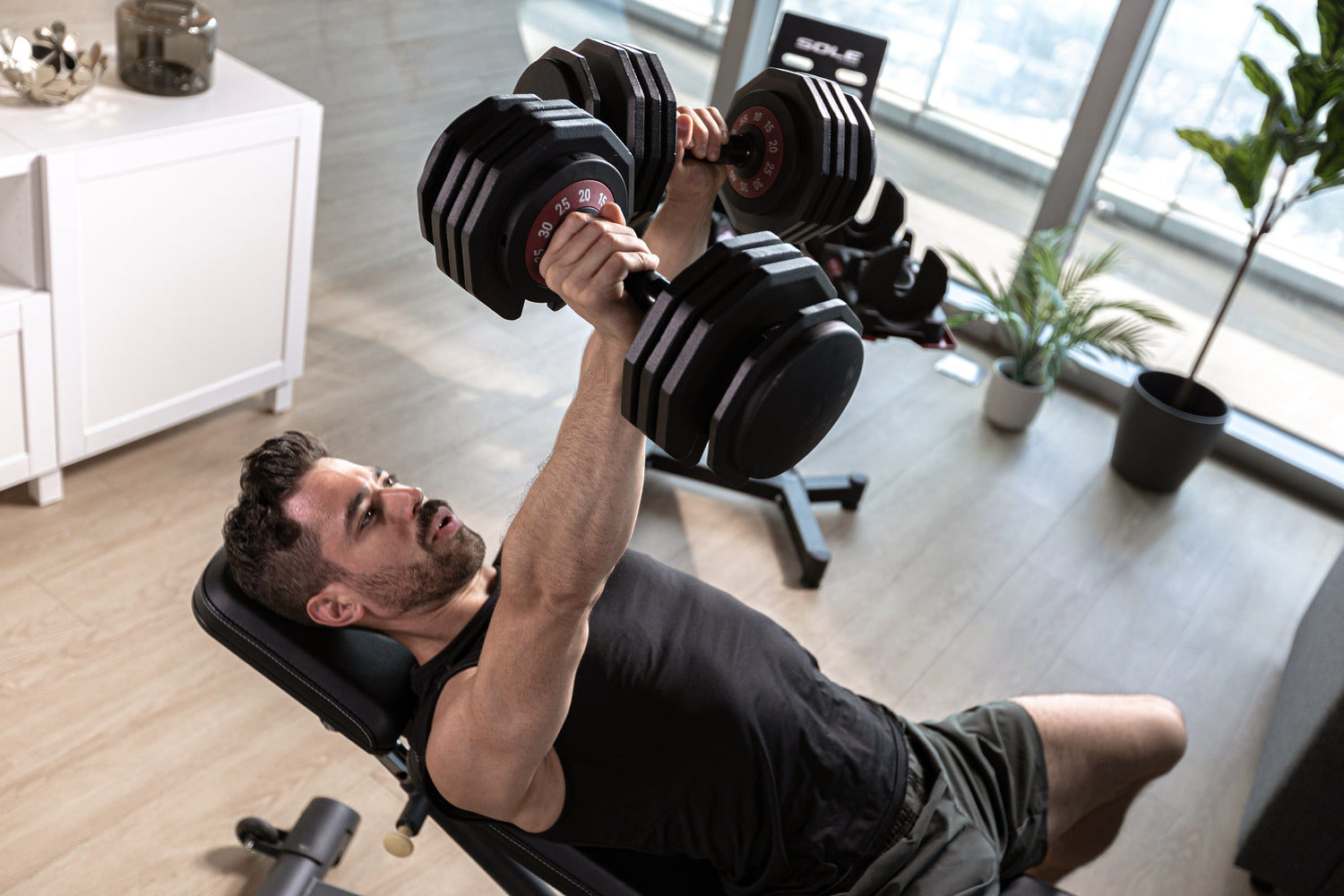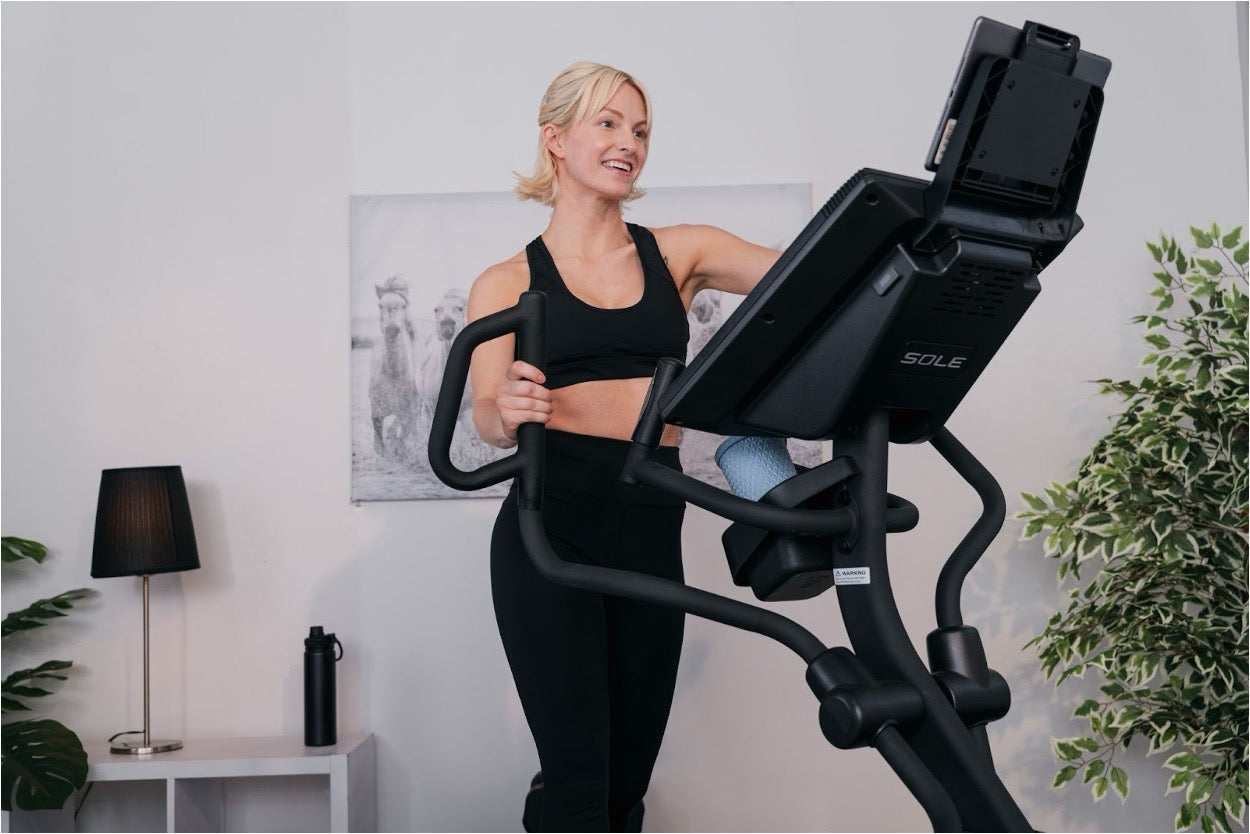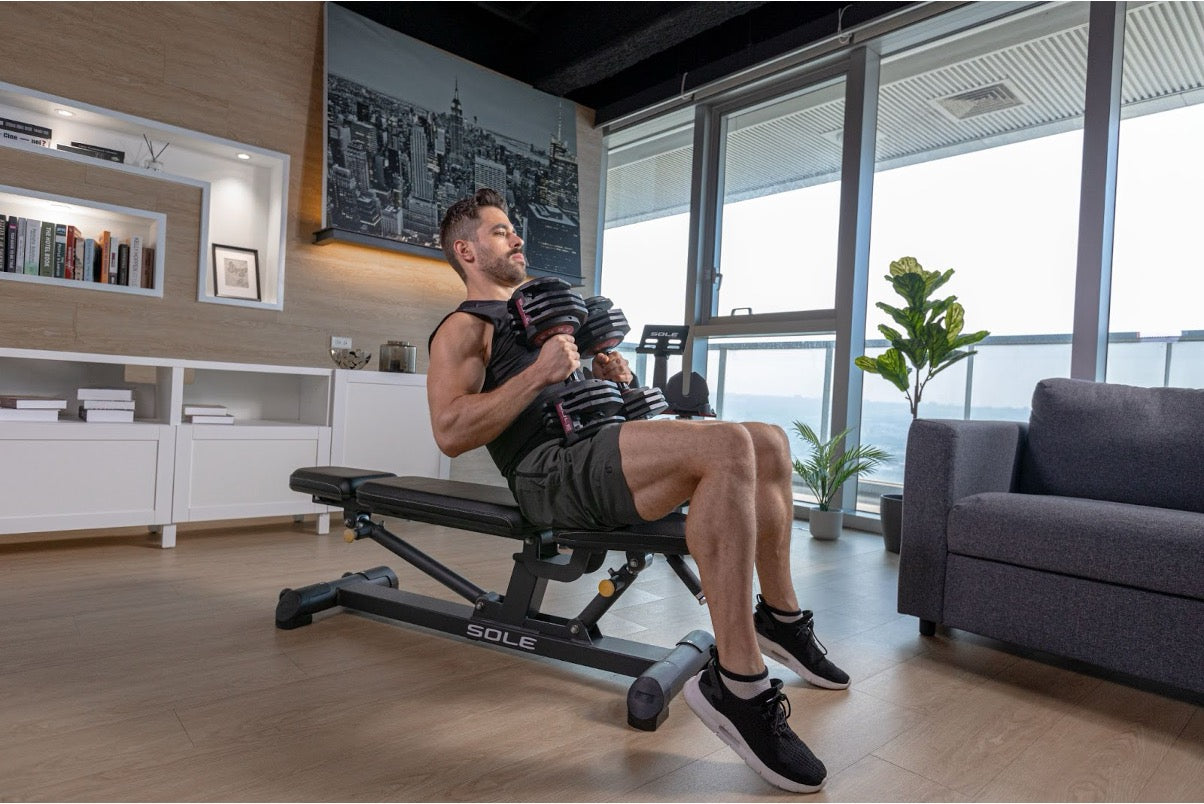Key Takeaways
- Rear delts are essential for balanced shoulder development and posture.
- Dumbbells offer a versatile way to target rear delts effectively.
- Bent-over dumbbell lateral raises and reverse dumbbell fly are a staple for rear delt workouts.
- Consistency and proper form are key to seeing results.
- At SOLE, our dumbbells make it easy to target and build your rear delts with a wide range of effective exercises—all using one compact, easy-to-adjust set that fits perfectly into your home gym.
Targeting Rear Delts with Dumbbells
Why Rear Delts Matter
The rear delts (those muscles at the back of your shoulders) are key for keeping your shoulders strong and stable. They kick in when you're doing pulling movements and help you stand up straight too.
If these guys are weak, you'll end up with muscle imbalances that mess with your look and make you more likely to get injured. So yeah, showing them some love is pretty important - both for looking good and for keeping your body working right.
Benefits of Dumbbell Exercises
Dumbbells are awesome for hitting those rear delts. For one thing, you can work each side of your body on its own, which is great for fixing any muscle imbalances you've got going on.
Plus, with dumbbells, you get that full range of motion that really helps your muscles grow. And the cool thing is, you can just grab a lighter or heavier set depending on how you're feeling that day.
|
At SOLE, we're proud to offer top-quality exercise equipment designed for home and gym use. Our machines are built to meet the highest standards of durability and performance, making them ideal for fitness enthusiasts at any level. SOLE Products
|
Top 3 Dumbbell Exercises for Rear Delts
So now that we get why rear delts are a big deal and why dumbbells rock for training them, let's check out some killer exercises you can throw into your routine. These moves zero in on those rear delts, so you're not wasting any gym time.
Bent-Over Dumbbell Lateral Raise
The bent-over dumbbell lateral raise is a classic exercise for hitting those rear delts. It's simple but works really well (image courtesy of Muscle & Strength).
Here's how to do it:
- Stand with your feet shoulder-width apart and hold a dumbbell in each hand.
- Bend at your hips until your torso is almost parallel to the ground.
- Keep a slight bend in your knees and let your arms hang down naturally.
- Lift the dumbbells out to the sides, keeping your elbows slightly bent.
- Squeeze your shoulder blades together at the top of the movement.
- Slowly lower the dumbbells back to the starting position.
Reverse Dumbbell Fly
To perform the reverse dumbbell fly (image courtesy of Strength Level):
- Lie face down on an incline bench, holding a dumbbell in each hand.
- Allow your arms to hang straight down from your shoulders.
- With a slight bend in your elbows, lift the dumbbells out to the sides.
- Focus on squeezing your shoulder blades together at the top.
- Return the dumbbells to the starting position in a controlled manner.
Single-Arm Bent-Over Row
The single-arm bent-over row allows for a greater range of motion and helps in correcting muscle imbalances between the sides of the body.
Here's how to perform it:
- Place your left knee and hand on a bench for support, with your right foot firmly on the ground.
- Hold a dumbbell in your right hand, letting it hang straight down.
- Keep your back straight and bend slightly at the waist.
- Pull the dumbbell up towards your hip, keeping your elbow close to your body.
- Pause at the top of the movement, then slowly lower the dumbbell back to the starting position.
Effective Training Strategies
Proper Form
Getting your form right is super important to avoid injuries and make sure you're working the right muscles. Always start with a weight you can manage to nail the technique before going heavier.
Focus on controlled movements and don't use momentum to swing the weights up. This makes sure your rear delts are doing the work, not other muscles taking over.
Optimal Sets and Reps
For building muscle and strength in your rear delts, go for 3-4 sets of 8-12 reps for each exercise.
This range works great for muscle growth, which is what most people want when working on rear delts. Make sure you're challenging yourself with the weight but can still maintain good form throughout each set.
Remember, you want to feel the burn by the end of each set. If you finish easily without feeling anything, it might be time to bump up the weight a bit.
Power up your workout with SOLE strength products.
Frequency of Workouts
To see real improvements in your rear delts, try to do these exercises 2-3 times a week. This gives your muscles enough stimulation while also allowing time for recovery and growth.
But always listen to your body and adjust based on how you feel. Overdoing it can lead to fatigue and injury.
Besides that, make sure to take rest days to let your muscles recover and grow. Recovery is just as important as the workouts themselves – it prevents burnout and keeps your training sustainable long-term.
Why is SOLE the Best Choice?
SOLE dumbbells are the real deal for home workouts.
The full set comes with pairs of 10, 15, 20, 25, 30, 35, and 40 lb. dumbbells, giving you a complete range of weights to tackle everything from light toning to serious strength training. They feature an anti-roll, rubber-coated hexagon shape that keeps them steady and protects your floors, plus anti-slip handles for a solid grip during any exercise.
Whether you're doing curls, presses, or targeting your rear delts, these dumbbells make it easy to level up your training without the gym hassle. Grab your SOLE dumbbells now. Your muscles will thank you!
Check out our SOLE dumbbells now!
Frequently Asked Questions (FAQ)
How often should I train my rear delts?
Ideally, you should aim to train your rear delts 2-3 times per week. This frequency allows for sufficient stimulation of the muscles while providing enough time for recovery.
Can I still target rear delts without dumbbells?
Yes, you can target rear delts without dumbbells by using bodyweight exercises or resistance bands. Exercises like face pulls with bands or bodyweight reverse flys can effectively engage the rear delts.
What is the best way to warm up for rear delt exercises?
Warming up is crucial to prepare your muscles for exercise and prevent injuries. Start with 5-10 minutes of light cardio to increase your heart rate and blood flow.
Follow this with dynamic stretches and movements that mimic the exercises you'll be performing, such as arm circles and band pull-aparts.
Do rear delt exercises help with posture?
Yes, rear delt exercises can significantly improve posture. The rear delts play a key role in stabilizing the shoulder blades and upper back, which is essential for maintaining an upright posture.
Strengthening these muscles can counteract the effects of prolonged sitting and slouching, leading to better alignment and posture.




Leave a comment
This site is protected by hCaptcha and the hCaptcha Privacy Policy and Terms of Service apply.